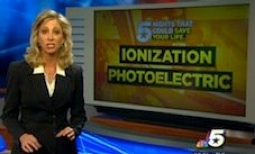















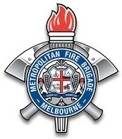













Peter Marshall






The International Assc.
of Fire Fighters (IAFF) Official Position on Smoke Alarms - August, 2008



























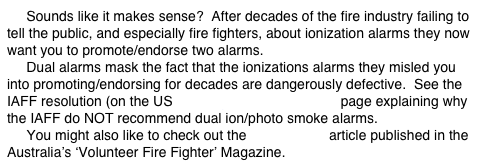




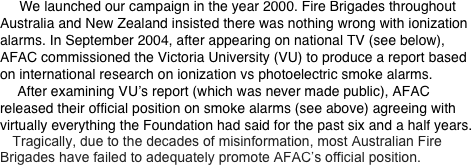
















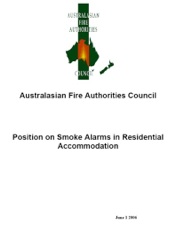

































(c) Copyright 2012 The World Fire Safety Foundation | Last Updated: 31 January, 2012 | Privacy Policy | Disclaimer | Search WFSF site
For errors on, or suggestions for this ‘firefightersaunz’ webpage, contact the WFSF WebMaster | Supporters | About | Media
